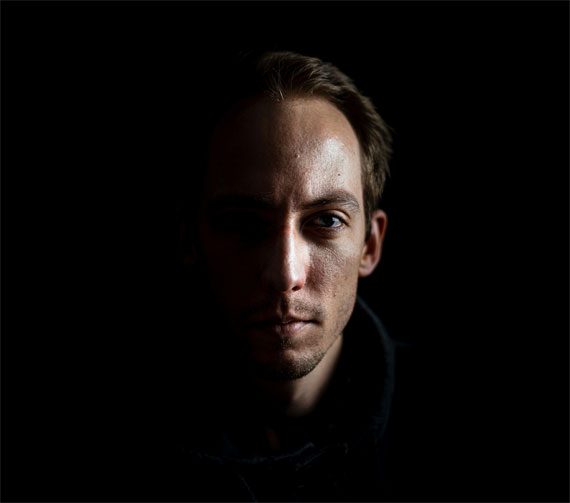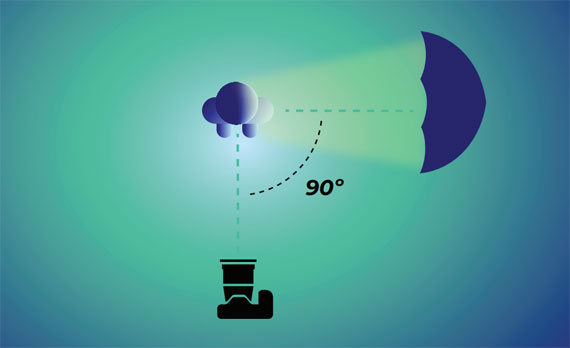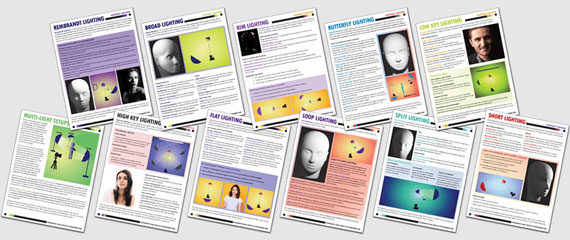Split lighting is a popular technique in portrait photography where the light source illuminates only half of the subject’s face, creating a distinct division down the center of the face. This lighting style is dramatic and can be used to convey a range of emotions or add a sense of mystery to the portrait. Here’s how it works and some tips on how to achieve it:
Related reminder: only a little while left for Portrait Lighting Cheat Sheets at 80% Off

Photo captured by Peri Stojnic; 50mm, f/2.0, 1/100s, ISO 100
How Split Lighting Works
- Positioning the Light: The light source is positioned to the side of the subject at a 90-degree angle. It should be at the same height as the subject’s face to ensure that one side is brightly illuminated while the other remains in shadow.
- Intensity and Distance: The intensity of the light and its distance from the subject can affect the hardness or softness of the shadow line. A brighter or closer light source will produce a more defined and harsher shadow.
- Subject’s Face Orientation: The subject’s face should be turned slightly away from the light to enhance the split effect. The line of the nose often acts as a natural divider between the illuminated and shadowed sides.
Applications and Considerations
- Emotional Impact: Split lighting is effective for creating moody, dramatic portraits. It can emphasize textures and shapes in the face, and is often used in genres like horror or film noir.
- Character Portraits: It’s excellent for character studies, as it can highlight facial features or scars, enhancing the subject’s personality or backstory.
- Not for Everyone: This technique might not be flattering for all subjects, particularly if they have asymmetrical features or if the portrait goal is to create a bright, airy feel.
Tips for Achieving Good Split Lighting
- Use Modifiers: Softboxes or umbrellas can soften the shadow if a less dramatic effect is desired. Conversely, a bare bulb or focused beam can enhance the drama.
- Experiment with Backgrounds: Dark or neutral backgrounds can enhance the contrast and focus more attention on the subject.
- Reflector Use: A reflector on the shadow side can fill in some details if the contrast is too stark.
Split lighting is a powerful tool in a portrait photographer’s arsenal, allowing for creative expression and the ability to play with shadows and light to create striking images.
For Further Training on Portrait Lighting:
Mastering portrait lighting techniques is an art form that presents its own set of intricate challenges. Each style demands a precise understanding of light placement, shadow control, and subject orientation to achieve its signature effect. These new Lighting Cheat Sheets (Including Portrait Setups) are designed to help.
Whether you’re a seasoned professional or just starting out, photography cheat sheets can be a valuable resource for improving your skills and taking your photography to the next level. By having all the key information you need in one place, you can focus on what’s important – capturing amazing photos.
Launch sale ending soon: Portrait Lighting Cheat Sheets at 80% Off
Like This Article?
Don't Miss The Next One!
Join over 100,000 photographers of all experience levels who receive our free photography tips and articles to stay current:








Leave a Reply